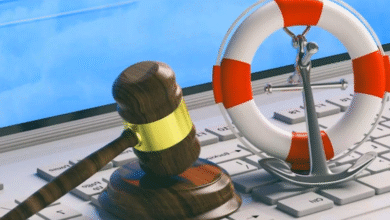How to Protect Yourself from Heat Injuries

Heat injuries can cause disability or death. Heat injuries affect summer athletes as well as summer workers like construction workers and landscapers. Anyone who engages in strenuous activity in hot weather should be aware of the risk of heat stroke and how to avoid it.
When exercising in the heat, the body reacts by sweating to cool off. In this case, the body loses a lot of fluids that need to be refilled. The body must also chill. Heat injuries arise when a person’s body is not properly cooled and hydrated.
Related: What You Should Know Before Filing a Lawsuit Against the Government
Heat injuries range from moderate to severe:
Heat cramps indicate a heat injury. Leg, arm, and stomach cramps indicate a lack of salt and fluid replacement. If you have cramps, stop what you’re doing, stretch, hydrate, and cool down.
Heat syncope causes weakness and weariness. Heat syncope happens most frequently in the first five days of adjusting to a new activity, such as a newly recruited construction worker or a young athlete returning from injury.
Heat exhaustion causes heavy sweating, significant weight loss, weakness, headaches, and excessive thirst. Heat exhaustion can cause unconsciousness. Salt depletion can cause heat exhaustion. Symptoms include nausea, vomiting, muscle cramps, and dizziness. Sometimes, the body requires extra minerals and salt to function properly. Sports drinks with electrolytes help prevent salt loss. Heat exhaustion sufferers should cease exercise immediately and be cooled down with wet cloths or fans. A doctor should be consulted if additional treatment or fluid administration is required.
Related: Introduction to Federal and New York Kidnapping Law
Heat stroke is the most serious heat injury. Heat stroke happens when the body’s cooling mechanisms fail. It is occasionally preceded by milder heat injury symptoms. It’s a life-threatening medical emergency. If you are feeling sick, confused, or disoriented, and your body temperature is 104 or above, call 911 immediately. Immerse the victim in an ice bath, remove clothing, and actively chill until EMS comes.
To avoid heat injuries, begin a new activity slowly, take many breaks, and water frequently during, before, and after exercise, even if you don’t feel thirsty. Dark urine is a symptom of heat damage. Wear light-colored clothing, wear sunscreen, and exercise during the coolest part of the day. Heat and humidity make it difficult for the body to expel sweat, so take extra measures on hot and humid days.











